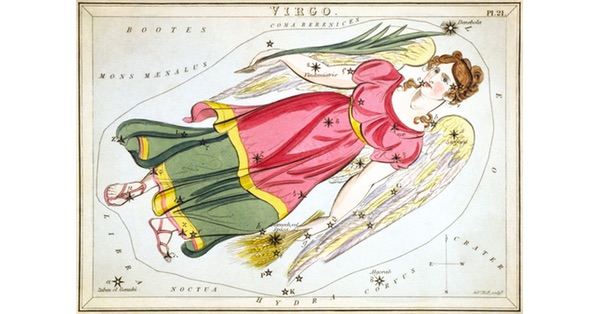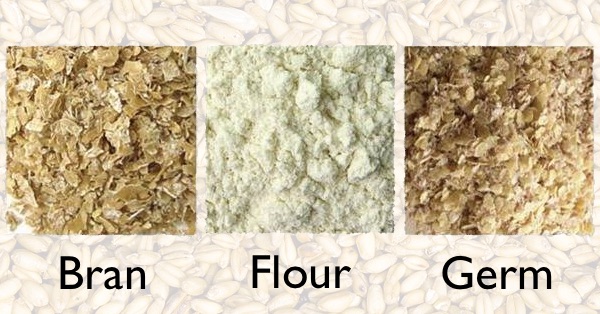
Podcast: Play in new window | Download (Duration: 5:01 — 4.1MB)
Subscribe: Google Podcasts | Spotify | Android | RSS | More
August 15th is Ferragosto, a big-time holiday in Italy that harks back to the Emperor Augustus and represents a well-earned rest after the harvest. It is also the Feast Day of the Assumption, the day on which, Catholics believe, the Virgin Mary was taken, body and soul, into heaven.
Is there a connection between them? And what does it have do with wheat?
Apologies to listeners in the southern hemisphere; this may not reflect your experience.



